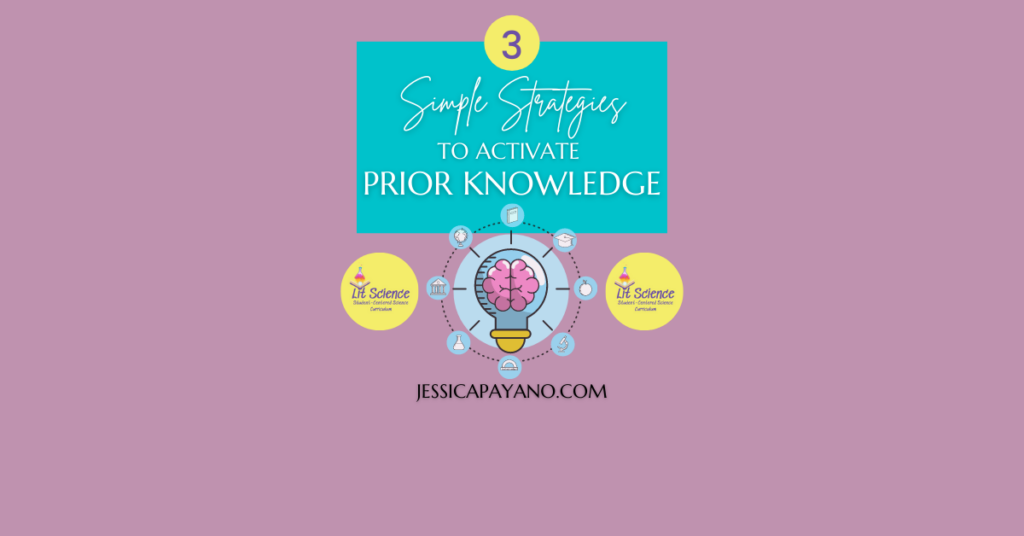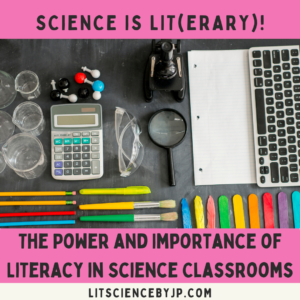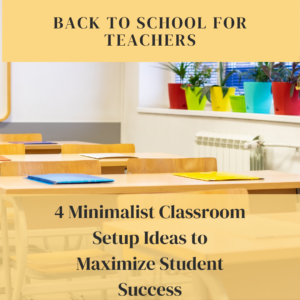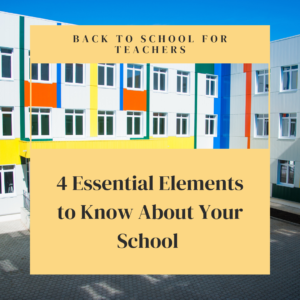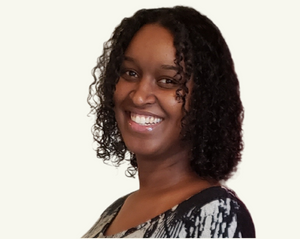Students enter our classrooms with a wealth of prior knowledge. Whether it be from life experiences or lessons learned from previous formal education, students’ prior knowledge is important and should be leveraged in the classroom. Let’s discuss 3 simple strategies to active prior knowledge.

The Importance of Activating Prior Knowledge
While we know our students possess valuable prior knowledge, our lessons rarely reflect this. For example, we often feel we need to begin a unit by pre-teaching the vocabulary, starting with a complex text, or providing direct instruction on the most important content in the unit. The problem with this method is students rarely learn this way.
According to Rebecca Alber 1 “Learning progresses primarily from prior knowledge, and only secondarily from the materials we present to students…” Makes sense, right? If you look at any set of education standards, they’re set up in a way that assumes students will build on knowledge from previous units and grade levels. Moreover, prior knowledge can come from a student’s life experiences.
No matter the source of the prior knowledge, research tells us that attaching new knowledge to prior knowledge is how we learn. According to Ambrose, Bridges, Lovett, et al., (2010)2 not only do students connect new information to existing knowledge, but they must also do so to learn. In other words, learning is dependent on the connection of new information to prior knowledge.
However, “the extent to which students are able to draw on prior knowledge to effectively construct new knowledge depends on the nature of their prior knowledge, as well as the instructor’s ability to harness it.” Therefore, if we want students to learn and to prior knowledge to do so, we must support students in accessing that prior knowledge. So how do we do that?
3 Simple Strategies to Activate Prior Knowledge
What follows is a list of simple, immediately implementable classroom strategies to activate your students’ prior knowledge.
1.Word Webs
With a word web (aka semantic maps), you place a vocabulary word, phrase, or term in the middle of the web. Students write any words, phrases, or even pictures that they associate with the term. Using a word web is a low-stakes strategy to activate prior knowledge. Moreover, it is a great way for the teacher to assess existing content knowledge as well as common misconceptions. And as you know, we’re all about student-centered learning and student empowerment here at Lit Science. It is more empowering for students to realize they already know something about what they will learn vs. feeling overwhelmed by new vocabulary and abstract concepts that can often feel overwhelming at the start of the unit.
2. See-Think-Wonder
As the name suggests, students look at a picture chosen by the teacher (and related to the topic) and write what they see (observations), what they think (inferences), and what they wonder (questions they have about the picture). What’s nice about this activity is that it is a strategy to activate prior knowledge that uses a picture. Images can help lower the cognitive burden and help students feel empowered to access the lesson (this is especially true for English Learners). Similar to the word web, in writing and proving you know something about the content early on, students feel a sense of empowerment and confidence in continuing on with the lessons and new information presented throughout the unit. They also have something to attach their new learning to.

3. KWL Chart
While the KWL is not a new strategy to activate prior knowledge, it’s still effective. Conversely, I do agree that it has been overused and ineffective in certain scenarios. However, when used sparingly and intentionally, it can be powerful for both the teacher and the student.
For example, I used a KWL chart when introducing a unit about cellular respiration. If I had started with the process of cellular respiration and all of the chemicals and organelles involved, about 95% of my students would have checked out. Instead, I started with a KWL chart for diabetes. I did this because most students had heard the word and knew something about it. If I could leverage this to eventually teach the connection between cellular respiration, how the human body processes sugar, and what it does with excess sugar, I felt students would learn more of the new content (cellular respiration) by attaching it to a concept they were already familiar with (diabetes).
Additionally, there are a few “spins” that make KWLs a more effective strategy to activate prior knowledge. First, I like to differentiate my KWL chart. I insert pictures and sentence starters for developing readers/writers and students learning English. Second, I like to create a whole class KWL on poster paper, collecting novel ideas from student work. We go back to this chart throughout the subsequent lessons to place checkmarks next to what students already knew that was also covered in the lessons, as well as questions answered in the lessons, and added what we learned through the lessons.

Strategies to Activate Prior Knowledge in Your Classroom
Overall, strategies to activate prior knowledge help students learn and help you to teach! The three strategies presented in this post are easy to implement at the beginning of a lesson or unit. Start small and give yourself grace as you transition. Bumps along the road mean you’re doing it right. The goal is progress, not perfection.
An example of using a word web to begin a chemistry unit.
An example of a see-think-wonder for an introduction to lab safety.
References:
- 1.Abler R. Are You Tapping Into Prior Knowledge Enough in Your Classroom? Edutopia. Published July 19, 2011. Accessed October 15, 2021. https://www.edutopia.org/blog/prior-knowledge-tapping-into-often-classroom-rebecca-alber
- 2.Ambrose SA, Bridges MW, Lovette MC, DiPetro M, Norman MK. How Learning Works: 7 Research-Based Principles for Smart Teaching. firstliteracy.org. Published 2010. Accessed October 16, 2021. https://firstliteracy.org/wp-content/uploads/2015/07/How-Learning-Works.pdf

